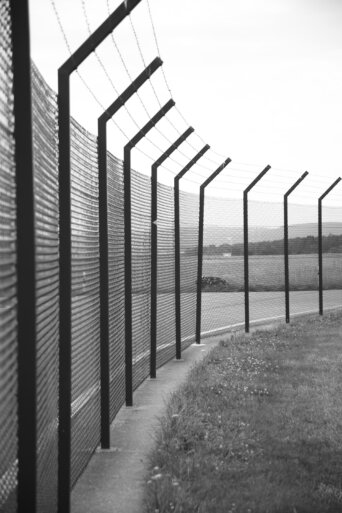- About
- Topics
- Picks
- Audio
- Story
- In-Depth
- Opinion
- News
- Donate
- Signup for our newsletterOur Editors' Best Picks.Send
Read, Debate: Engage.
| topic: | Refugees and Asylum |
|---|---|
| located: | Poland, Belarus |
| editor: | Katarina Panić |
Between 2,000 and 4,000 migrants from the Middle East are waiting at the Belarus-Poland border, most of which are trying to move further westward towards Germany. Two days ago, the Polish border forces used tear gas and water cannons after migrants attacked a border fence and guards with stones.
"The situation at the Belarusian border will not be resolved quickly. We have to prepare for months, if not years," Mariusz Blaszczak, the Polish defence minister, told Polish Radio One yesterday. The state reported more than 5,000 attempts at crossing into Poland from Belarus so far this month, compared to 88 during all of 2020. The NYT explains that for migrants who make it to Poland, a green light in the distance can mean salvation.
The European Union has accused the long-serving Belarusian president, Alexander Lukashenko, of 'weaponising' migrants, using the refugees as an instrument to press the EU to halt its sanctions. Some even describe this as hybrid warfare.
"He collects these migrants. He brings them into the country. He allows commercial airlines to offer a whole package type of trips 'come to Belarus',” Sascha-Dominik Dov Bachmann, the law expert from the University of Canberra, told Al Jazeera. “Then they are herded and guided to the border. […] And then like a good poker player, you force the other side to engage in an action which otherwise would look illegal, illegitimate, immoral.”
While the activists warn that human rights are being massively violated along with the EU’s external borders and believe that a fortressed Europe must have no future, Brussels is willing "to ensure that migrants can be safely returned to their country of origin, with the support of their national authorities." The bloc does not mention a legal asylum procedure in the member states anymore.
"There are too many sick, weak, traumatised people who need professional first aid. The untrained helpers constantly overwhelm themselves and reach the limits of their physical and psychological resilience," Thomas Handrich, the German political scientist, wrote in his eyewitness report after staying for five days in the forest area just before the exclusion zone. It is a two-mile-deep strip covering 115 towns and villages, which bans the entrance of all non-residents, aid workers, medics and journalists.
Photo by Robert Klank

